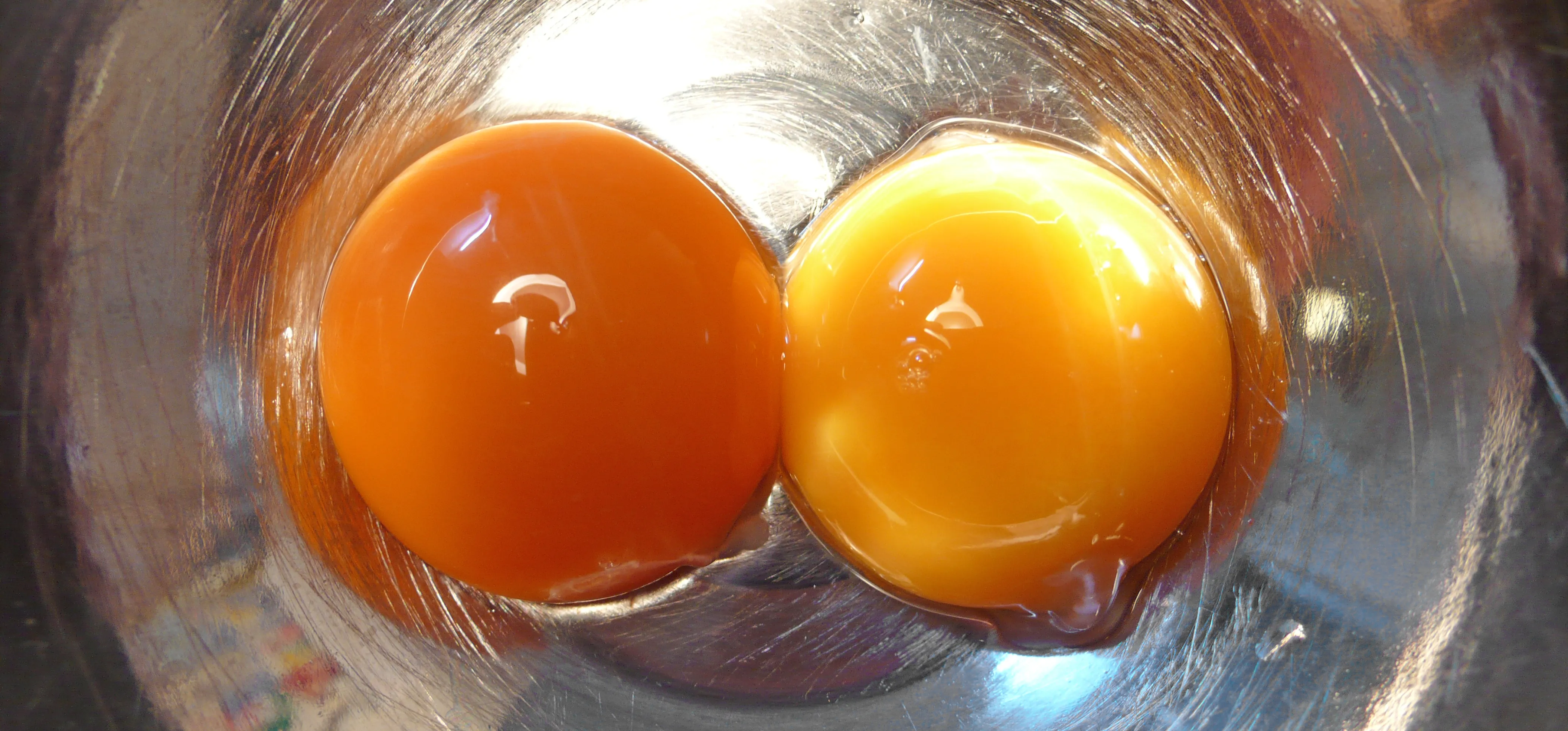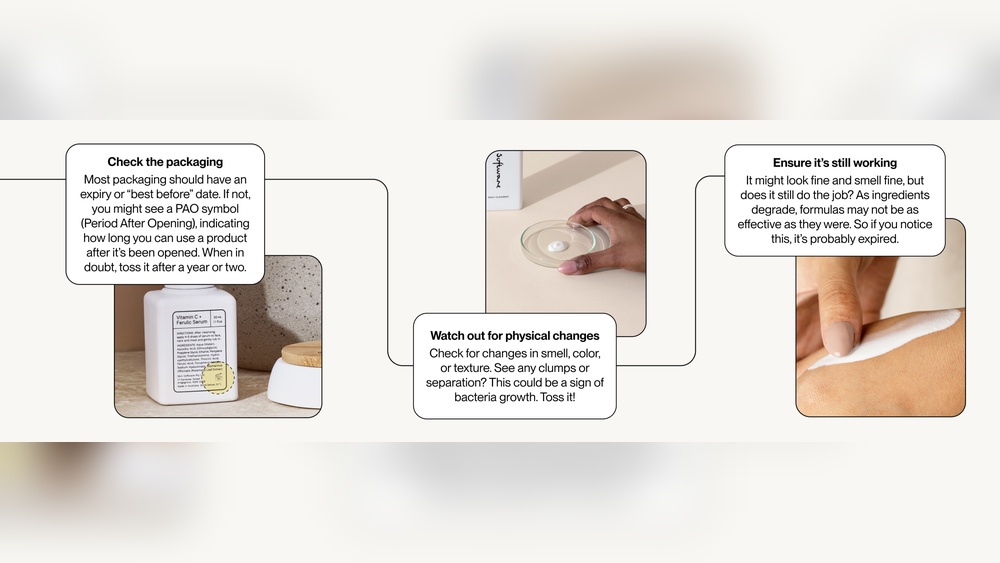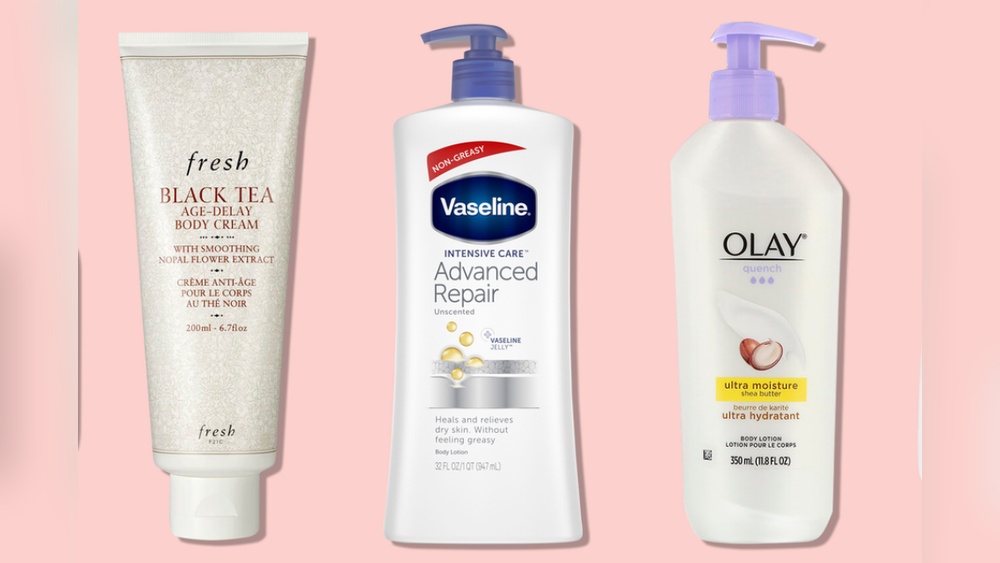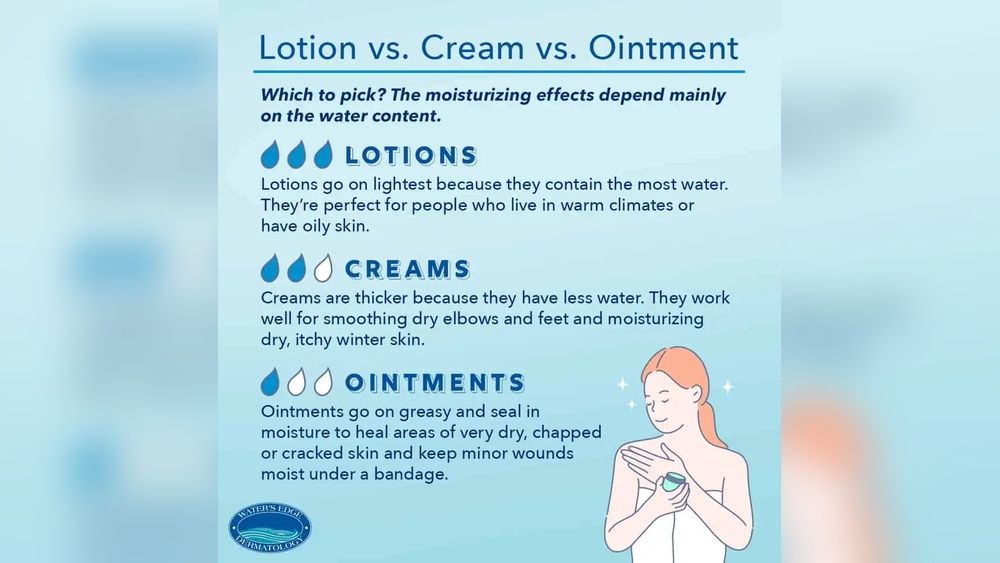Have you ever wondered if that cream sitting in your bathroom cabinet is still good to use? You might be surprised to learn that creams do expire, and using them past their prime can affect your skin—and even your health.
Knowing how to spot the signs that your cream has gone bad can save you from irritation, breakouts, or worse. You’ll discover simple tips to tell if your creams are still safe and effective. Keep reading to protect your skin and make the most out of your skincare products.

Credit: food-hacks.wonderhowto.com
Shelf Life Of Creams
Creams do not last forever. Every cream has a shelf life. This means it works best only for a certain time. After this time, creams may change in smell, texture, or color. They may lose their effect or cause skin problems. Knowing the shelf life helps keep your skin safe and healthy.
Typical Expiration Timeframes
Most creams last between six months and two years. It depends on the type of cream. Natural or organic creams usually expire faster, around six to twelve months. Synthetic creams often last longer, up to two years. Always check the label for an expiration date. Some creams also have a symbol showing months of use after opening.
Factors Affecting Longevity
Storage conditions affect how long creams last. Heat, light, and air can break down ingredients. Keep creams in a cool, dry place away from sunlight. Using clean hands or tools prevents contamination. Some creams contain preservatives that help last longer. Still, exposure to water or bacteria shortens shelf life.
:strip_icc()/egg-freshness-test-infographic-8f642a62557c4a39b51839006b9e1087.jpg)
Credit: www.bhg.com
Signs Of Expired Creams
Knowing the signs of expired creams helps keep your skin safe. Expired creams lose their benefits and can cause irritation. Checking your creams often can prevent problems. These signs show if a cream has gone bad.
Changes In Texture
Creams usually feel smooth and soft. If the texture feels grainy, sticky, or dry, it may be expired. A cream that is too thick or too runny also shows change. Texture changes mean the ingredients are breaking down.
Altered Smell And Color
Creams have a mild, fresh scent. A sour, rancid, or strong smell signals spoilage. Color changes like darkening or fading also mean the cream is old. Avoid creams that look or smell different than before.
Separation Or Clumping
Good creams stay mixed and smooth. If you see liquid separating on top, the cream is breaking down. Clumps or lumps in the cream show it is no longer safe. Separation and clumping mean the product lost its quality.
Risks Of Using Expired Creams
Using expired creams can cause problems for your skin. These creams may lose their safety and quality over time. Applying them can bring unexpected risks. Knowing these risks helps you keep your skin healthy.
Skin Irritation And Allergies
Expired creams can break down and change chemicals. These changes may cause redness, itching, or swelling. Your skin might react with rashes or bumps. Allergic reactions can become worse with old products. Sensitive skin is especially at risk of irritation.
Reduced Effectiveness
Active ingredients in creams weaken after expiration. This means the cream may not work as it should. Moisturizing, healing, or sun protection may reduce. You might waste money on products that do not help. Using fresh creams ensures better results for your skin.

Credit: www.reddit.com
Proper Storage Tips
Proper storage is key to keeping creams fresh and effective. Storing creams the right way helps prevent them from going bad quickly. Small changes in how you store creams make a big difference in their lifespan.
Ideal Temperature And Environment
Store creams in a cool, dry place. Avoid heat and direct sunlight. High temperatures break down the cream’s ingredients fast. A cabinet or drawer away from windows works well. Keep creams away from humid places like bathrooms. Moisture can cause creams to spoil or change texture.
Avoiding Contamination
Always use clean hands or a spatula to scoop cream. Dipping fingers directly can introduce bacteria. Close the container tightly after each use. Air exposure can dry out the cream or let germs in. Keep creams away from dirty surfaces to avoid contamination.
When To Toss Your Cream
Knowing when to toss your cream is important for safety and skin health. Creams can lose their effectiveness and become harmful over time. Using expired cream can cause irritation or infections. Watch for signs that your cream is no longer good. Here are two easy ways to decide if it’s time to throw it away.
Tracking Open Dates
Write the date you open your cream on the container. This helps you remember how long you’ve used it. Most creams last 6 to 12 months after opening. Check the product label for specific expiry times. If the cream is past that date, it is safer to discard it. Keep track of dates to avoid using old products.
Trusting Your Senses
Look at the cream’s color and texture. Changes mean it might be spoiled. A cream that separates or looks lumpy should be tossed. Smell the cream. A sour or strange odor is a red flag. Feel the cream. If it feels sticky or unusual, do not use it. Your eyes, nose, and touch can protect your skin.
Frequently Asked Questions
Do Creams Have An Expiration Date?
Yes, creams do have expiration dates. Most creams last 6 to 12 months after opening. Check the packaging for the exact date.
How Can I Tell If A Cream Has Gone Bad?
Look for changes in color, texture, or smell. If the cream smells rancid or feels gritty, it’s likely spoiled.
Can Expired Creams Cause Skin Problems?
Using expired creams can cause irritation, redness, or breakouts. It’s safer to discard creams past their expiration date.
How Should I Store Creams To Extend Their Shelf Life?
Store creams in a cool, dry place away from direct sunlight. Always keep the lid tightly closed after use.
Conclusion
Creams do expire, so check them often. Changes in smell, color, or texture mean they went bad. Using expired creams can harm your skin or cause irritation. Store creams in a cool, dry place to keep them fresh longer. Always note the expiration date on the package.
Toss creams that look or smell different than usual. Taking care of your creams helps keep your skin healthy and safe. Simple checks can save you from skin problems and wasted money. Stay aware and use creams before they expire.




